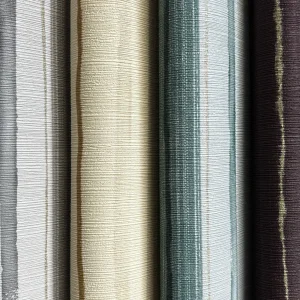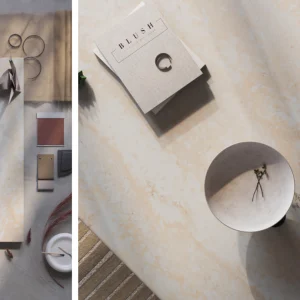The office building, designed by UK’s architectural design practice Eric Parry, is a replacement facility for Royex House built in the 1960s. The 18-story building has improved the urban realm by creating, improving and connecting public spaces in the complex area of the city.
Judges noted that the granite, concrete and flowing water features integrated into the design add visual interest to the street. The structure features 34-meter deep, rectangular floor plates in a north-south orientation. In order to reduce the huge visual appearance of the building, two recessions have been created in each of the north and south elevations. The addition of recesses offers a feeling of two connected slab-like wings.
The projected columns around the perimeter beyond the building offer an appearance of depth to the elevation. The columns are clad in stainless steel. When the upper floors step back, the columns and cladding also follow suit in a curvy manner.
Ramboll is no stranger to success with the Stirling Prize, having won it in 2003 with Swiss design practice Herzog & de Meuron, for the world’s largest center for contemporary dance, the Laban Centre in London.
The RIBA Stirling Prize, now in its 13th year, is given in association with The Architects’ Journal and Crystal CG. The award is for projects designed in Britain, but not necessarily built there. The jury consists of architect Benedetta Tagliabue, designer Thomas Heatherwick, and Sir John Sorrell, chairman of the Commission for Architecture and the Built Environment (CABE).
The Stirling Prize winner will be announced at a ceremony in London’s Old Billingsgate Market on October 17, 2009. The 5 Aldermanbury Square is one of six projects selected by RIBA to compete for this prestigious award.





